Our products evolve according to seasons and arrivals of new seeds.
You can contact us to know availability before ordering. If you want to learn how to grow these products in hydroponics, bioponics or aquaponics, we advise you to come to do a training session at our greenhouse. Finally, you can also discover our products by coming to a guided tour at the greenhouse.
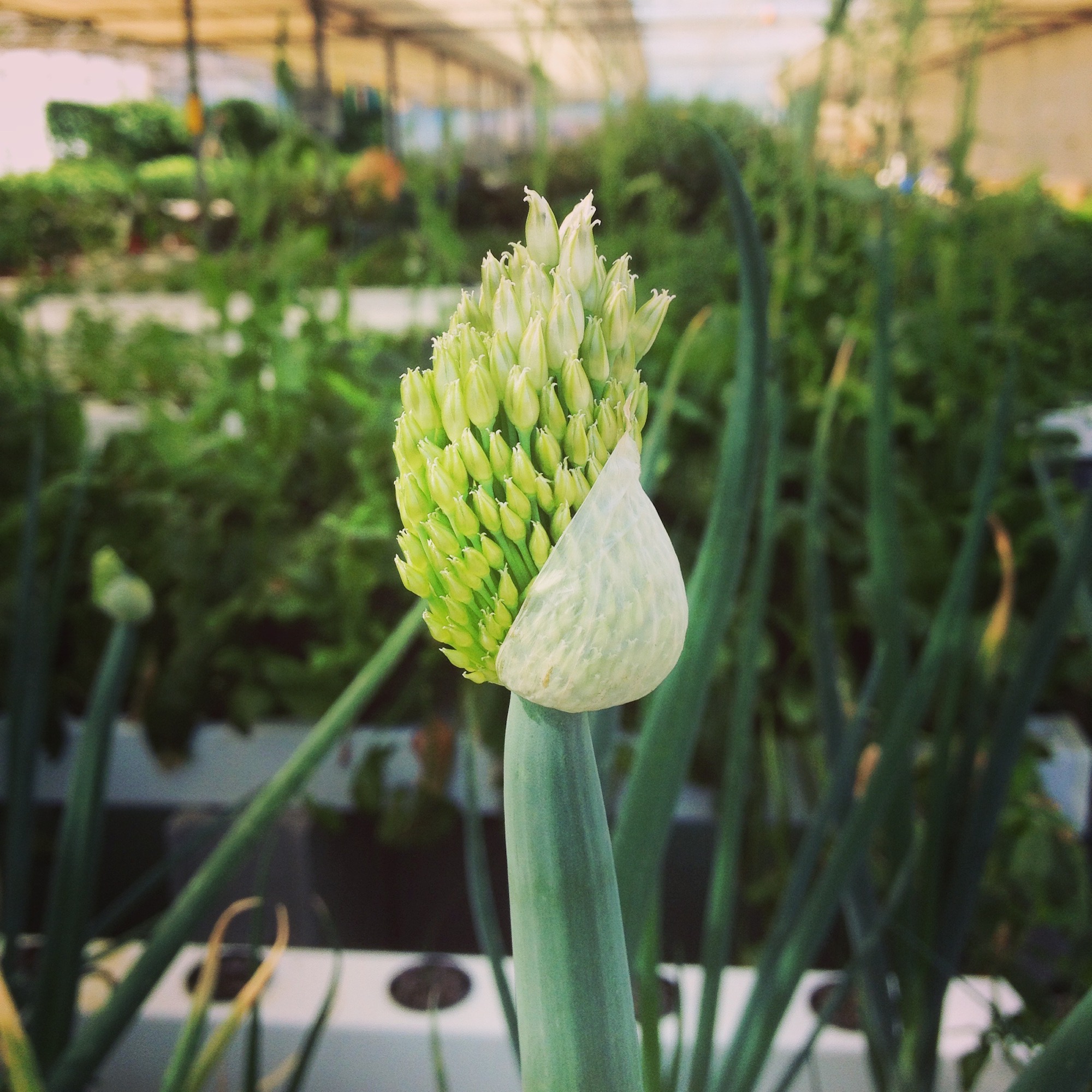
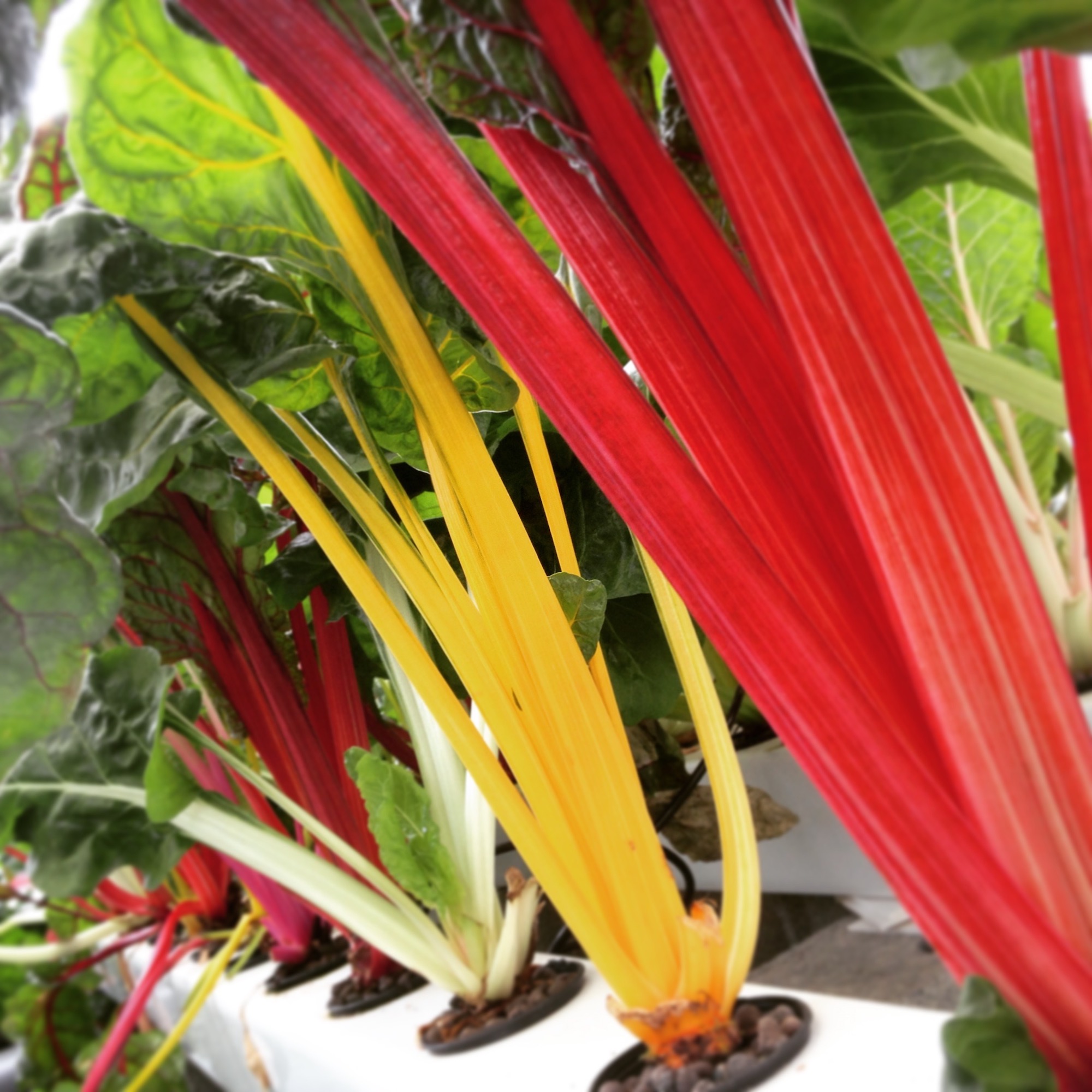
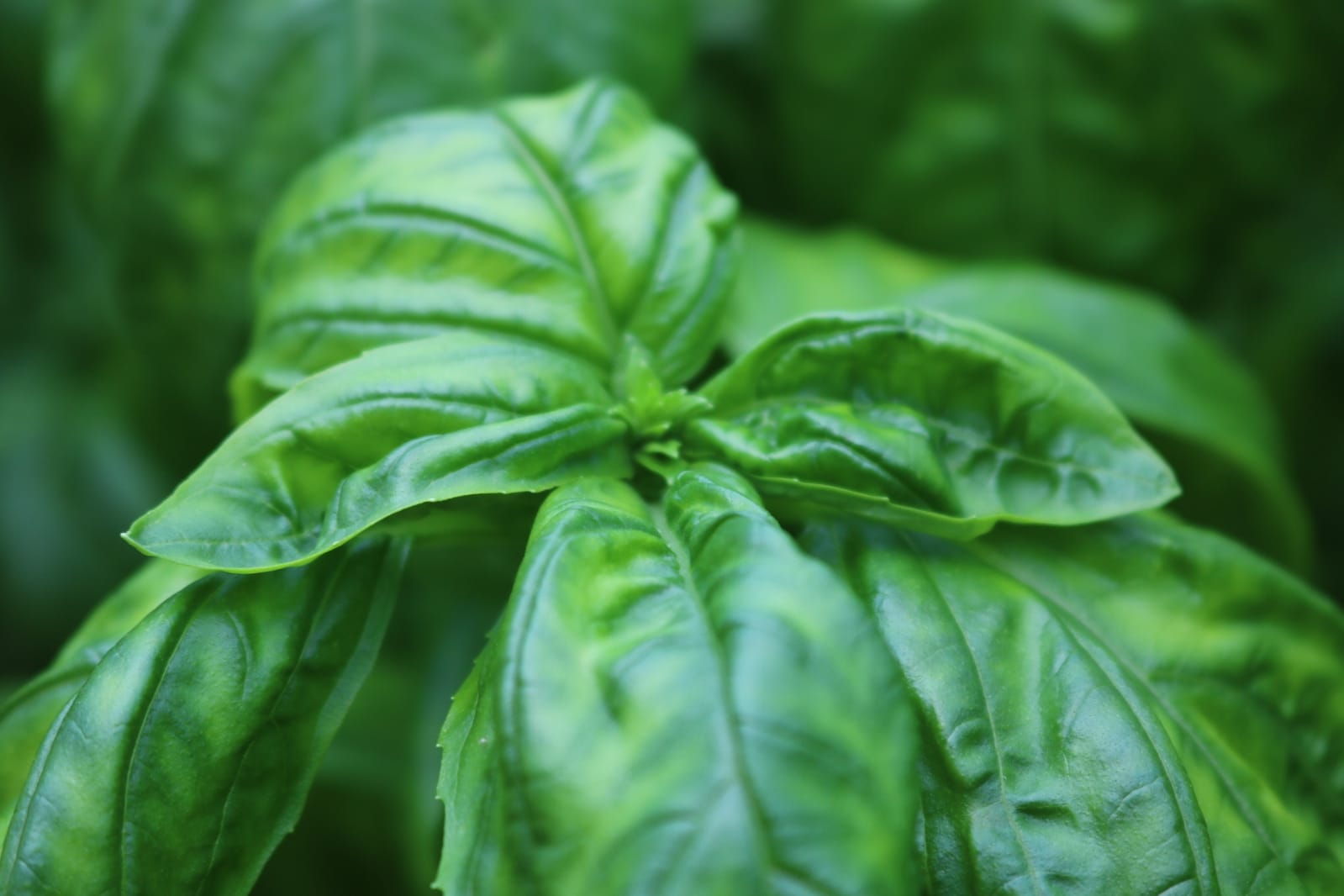
Basil
Basil is an aromatic condiment plant of the Lamiaceae family. As lovers of this plant, we have a whole collection of it. In addition to Green Basil, Marseillais and Italian, we have a delicious Thai Basil used in Asian cuisine with a very spicy flavor similar to tarragon or anise. We also have a Lemon Basil, originally from India, where it was attributed a divine nature, which is often used in southern cuisine to bring a fresh flavor of lemon tarragon. We also grow a superb Cinnamon Basil from South America that gives a touch of originality by its “sweet and salty” flavor. And last but not least, we have the beautiful Purple Basil with same taste as the green basil but with a very decorative foliage.
Sea Purslane
Sea Purslane, also known as Marine Spit or Sea Spinach, is a plant of the Amaranthaceae family that grows in the littoral environment. The leaves are small, silvery gray and shine in the sun. Its salty taste crunch make it a refreshing plant ideal to add to salads in summer. It can also be cooked like spinach to accompany fish or shellfish.


Kale
Kale is a cabbage of the Brassicaceae family. In France it was used in the Middle Ages. It is one of the oldest sprouts in Europe ! It disappeared for several years before being brought back to date thanks to its nutritional virtues. Who has not heard of the famous « The Kale Project » written by Kristen Beddard, who rediscover this wonderful forgotten vegetable ? Given its nutritional profile (iron, fiber, vitamins A, C and K, calcium, potassium …) we can speak of a real anti-aging, anti-cholesterol and antioxidant shot.
In the kitchen it is eaten raw or cooked, in soup with sauce, wok, chips, steam … impossible to get bored !
Oyster Leaf
The oyster leaf, also known as the oyster plant belongs to the family Boraginaceae. As its name suggests this plant has a very strong oyster taste. Funny since it grows naturally along the seaside ! Ideal for those who do not support the idea of eating a live mollusc ! These leaves are very popular in the kitchen to accompany fish and shellfish.
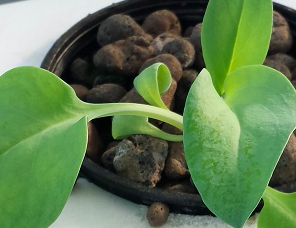
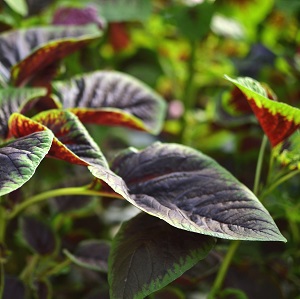
Chinese Amaranth
Amaranth, also called chinese spinach, belongs to the Amarantaceae family. Mainly grown in Southwest Asia, amaranth is not well known in Europe. Yet young sprouts have multiple health benefits.
Eaten raw, the leaves are sweet and crispy, and give a nice touch of color to your preparation. It is delicious when fried with garlic. Be careful not to bake it too much. You will lose the crunch. Served on rice it gives a beautiful pink color.
Red Veined Sorrel
Red veined sorrel is an aromatic herb of the Polygonaceae family. Very decorative, it can be cooked in salad but also be cooked like spinach. Its leaves are finer and taste more acidic than the green sorrel.
It is famous for its richness in carotene (antioxidant). And it is also the champion of the vegetables for its high content of vitamin C and vitamin A. The Egyptians, the Greeks and the Romans widely consumed it for its iron.

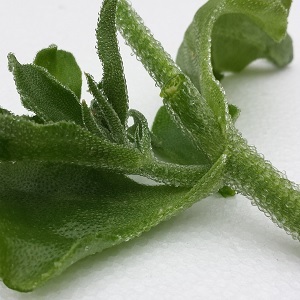
Ice Plant
The ice plant (Mesembryanthemum crystallinum) is a plant of the Aizoaceae family, native to Southeast Africa. The leaves are edible cooked, like spinach or raw salad. They have an iodized taste that reminds a little of samphire.
Its stems and fleshy leaves are a pleasure for the eyes : they are covered with tiny drops that sparkle under the sun like dew but remain firm and therefore burst in the mouth. This feature caused many nicknames (crystalline grass, ice grass, icy purslane …).
One to discover absolutely !
Mustard «Red Giant»
Belonging to the Brassicaceae family, mustard can be grown for its seeds. The brown mustard, for exemple, is in the composition of Dijon mustard. But here we harvest mainly its beautiful brown leaves and stems.
It is said that mustard was very popular in the Middle Ages as an accompaniment for meats, sometimes to hide the spoiled taste ! In terms of composition, this plant has a high concentration of Vitamin C, giving it an anti-fatigue power. Therefore regular consumption would strengthen immune defenses.
The mustard leaves can be eaten raw in salad (be careful it stings). Or cooked like spinach to accompany fish, game or poultry. It is advisable to add a pinch of sugar to your preparations to soften the acid side of the mustard.
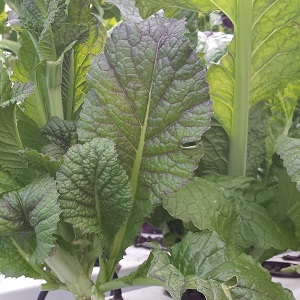

Japanese Shiso
Also known as Perilla, Japanese Shiso belongs to the Lamiaceae family. It is a Japanese plant that exists in Asia since antiquity. From the same family as mint, it adapts very well to the European climate. There is green Shiso, purple Shiso, but also a rarer two-tone green and purple shiso. It is a plant that is both decorative, aromatic and medicinal.
In salad, cooked with rice or pasta, fried in tempura, juice, oil, infusion, in the form of powder or seed,… Even the buds of shiso are consumed ! A plant to discover absolutely.
Chinese Chive
The chinese chive is an Asian herb of the Amaryllidaceae family. It is an aromatic and condiment plant that is very fragrant, its flavour is similar to garlic but softer.
In kitchen it can be used raw in salad, but also cooked in omelette, soup or sauteed in a wok. Both leaves and flowers have an important place in Asian cuisine.
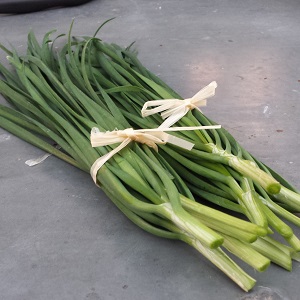
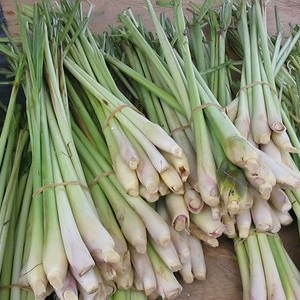
Lemongrass
Lemongrass, is an aromatic plant of the Poaceae family.
It is grown for its stems and leaves with a strong lemon scent. Its high concentration of Citronellol makes it a known medicinal plant.
Originally from South-East Asia, it is found in large quantities in Thai cuisine, Cambodian, Vietnamese and Indonesian. It is often used crushed or minced to flavour soups, meats, curries, or fish.
Winter Purslane
Winter purslane, also known as “chicken foot”, is a plant of the Portulacaceae family. Its leaves have a resemblance to lamb’s lettuce. It is cooked in salad or in soup. Its taste is slightly acidic and pungent, and its leaves full of juices. It is often prepared as spinach but whatever the cooking method, it must be very short for the purslane to remains crisp and not lose its dietary properties.
Winter purslane is the basis of the “Cretan diet”, for its health benefits : It would be the perfect enemy of cholesterol. In the course of Louis XIV the gardener would have prescribed it to the king, for its various virtues.
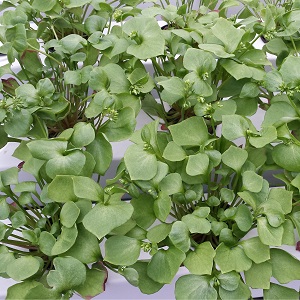
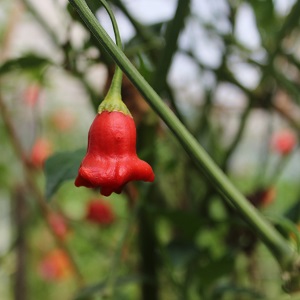
Bishop’s Crown
This pretty bell-shaped pepper is part of the Solanaceae family, also called frade hat, christmas bell or peri peri. Native of South America, it was apparently brought back from Brazil by the Portuguese in the 18th century. In addition to its very decorative appearance, this pepper distinguished itself by its very soft and sweet taste.
It can be consumed green or red and it is best to remove the seeds before consumption. We tested several recipes and our favorites are fried chilli served with coarse salt (as in Galicia), chilli stuffed with feta and baked, or even green pepper jam.
Once dry, it can also be powdered and stored.
Watercress
The Watercress or officinal cress is a specie of the Brassicacae family that grows in water. The sharp taste of watercress is reminiscent of white radish. It can be used, chopped, in the same way as parsley, in salads, soups, purees, and on grilled potatoes.
The so-called watercress sauce is made of watercress mixed with boiled eggs, vinegar and oil.
Like all Brassicae, this plant is excellent for health, very rich in antioxidants, it protects our cells from aging and oxidation.
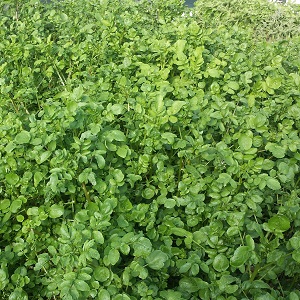
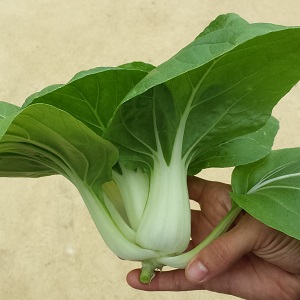
Bok Shoy
Bok Choy is a Chinese cabbage of the Brassicaceae family. Its stems and leaves can be consumed. Pak Choi has green stems while Bok Choy’s are white. Some compare it to chard, but its stems are not stringy, they are tender and remain crispy when cooked.
In kitchen Bok Choy is often prepared sauteed in a wok, braised or steamed. In the wok it’s complimented by sesame oil and garlic
Hon Tsaï Taï
Also known as Purple Choy Sum, Hon Tsai Tai is a Chinese cabbage that belongs to the Brassicaceae family. Its purple stems are a superb contrast with its green leaves and yellow flowers that are also consumed in bud. Its sweet flavor will add a touch of sweet mustard to your salads. It can also be used wok stir-fried with bacon and scented mushrooms (specialty of Hubei in China) or even cooked in cream with pasta.
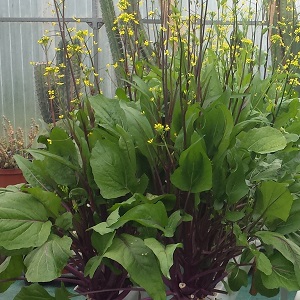
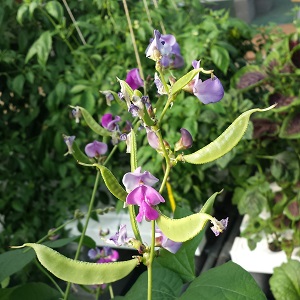
Sweet Pea
The pea belongs to the legume family (Fabaceae). In the case of the sweet pea, also called “Mangetout”, the parchment is absent and the whole bean is consumed.
We love this plant because its many purple flowers are beautiful and attract a lot of insects in our greenhouse.
Our variety has the peculiarity of having serrated edges which gives it a beautiful appearance, and it remains crunchy when cooking unlike some varieties that lose their consistency. We also have a rather rare variety whose edges are pink, it is quite decorative.
If you are a chef and you would like to access our complete list of products, contact us via our contact page !
